Damage from "folk medicine"
Mr. NVT (45 years old, Hanoi ) went to a dermatology clinic with a red, swollen blister on one side of his forehead, spreading down to his eye socket, bridge of his nose, and his right eye suddenly became more blurry than before.
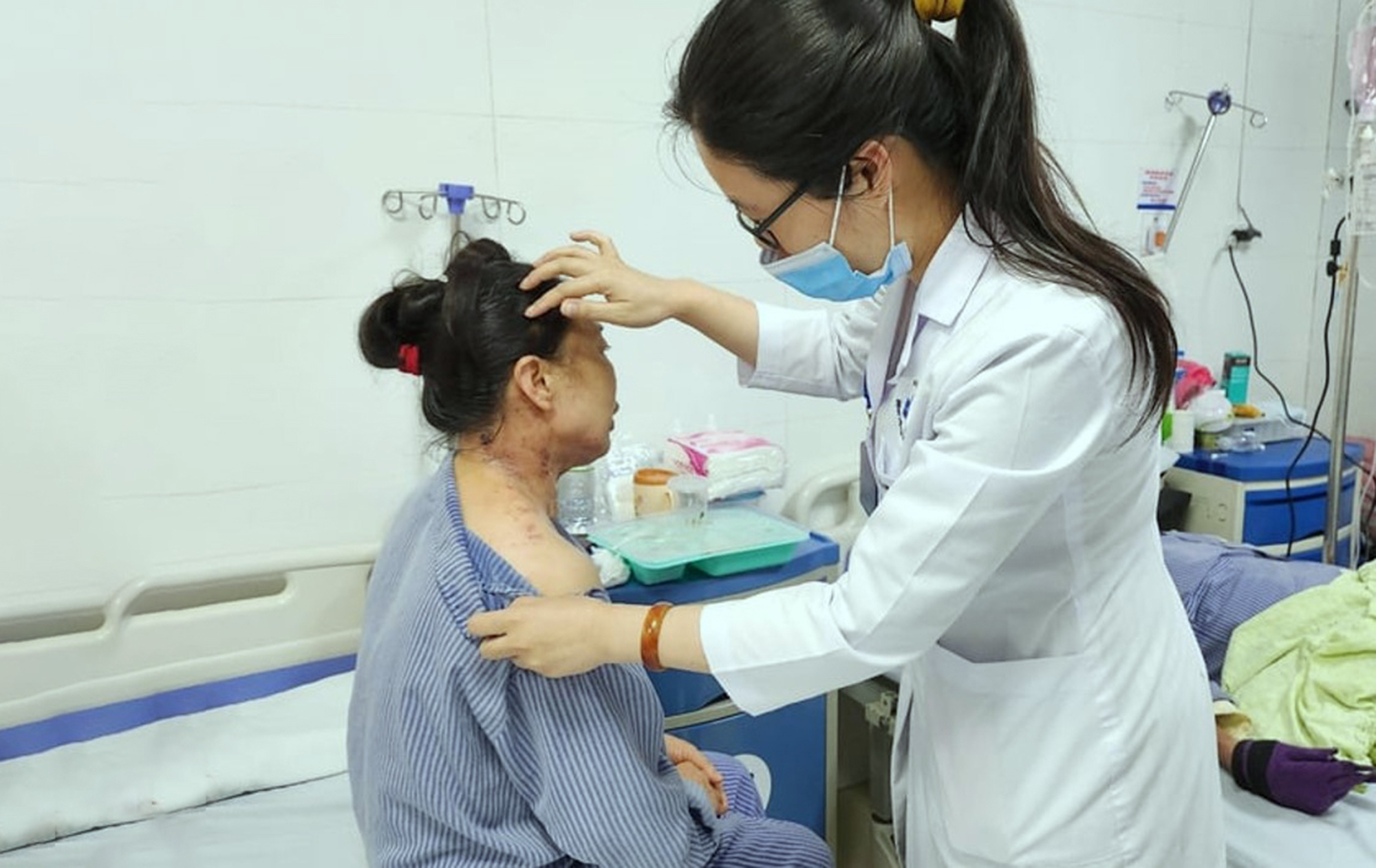
A patient with shingles was hospitalized for treatment.
Thinking he had shingles, Mr. T followed a folk remedy of crushing mung beans and applying them to the blisters. However, the more he applied them, the more severe the damage to his face became. At this point, Mr. T went to see a doctor.
Dr. Nguyen Tien Thanh, Central Dermatology Hospital, said that Mr. T had shingles but did not receive proper treatment, leading to infection and corneal damage, with the risk of vision loss if not treated early.
Dr. Thanh said that many patients with shingles on the face and chest (commonly known as herpes zoster) self-treat at home by applying leaves, green beans, and potassium permanganate. Improper application of the medicine makes the disease worse and leaves many unfortunate complications.
Also visiting the Central Dermatology Hospital, Ms. NTH (60 years old, Thai Binh ) said that 10 days before, she felt pain in her neck, shoulders, back... and went to a private clinic near her house but the doctor did not detect the disease. When the pain spread to her head, accompanied by enlarged lymph nodes in her neck, her family took her to Hanoi for examination.
After 4 days of treatment, the blisters on her skin had dried and the pain had reduced but still made her very uncomfortable.
For Mr. TVP (57 years old, Hanoi), shingles tormented him with continuous pain and convulsions in his back and thighs during the day. After 3 days of hospitalization, the convulsions decreased and completely disappeared, the pain level decreased by 70-80%. Cases like Mr. P's were intervened early (in the first month), so the treatment was highly effective.
Signs of recognition
Sharing the signs of shingles, Dr. Thanh said that 2-3 days before the lesions appear, patients will often have a warning feeling such as a burning sensation, pain in the area where the lesions are about to appear, along with symptoms of general fatigue, headache, etc. Nearby peripheral lymph nodes may be swollen and painful.
Then, the lesions appear as a rash in the form of large strips or patches, which after 3-4 days develop into round or oval red blisters, scattered or in strips, streaks along the nerve containing a lot of fluid and causing pain.
Dr. Thanh also said that after 72 hours of skin damage, the virus penetrates and damages the related roots and nerves. If the disease persists, it will cause many complications, the most common being nerve pain for many months, sometimes lasting for many years.
Note the "golden" time
According to doctors, if people with zoster become chronic (more than 3 months from the time of infection), treatment will take a long time and have poor response.
It should be noted that post-herpetic neuralgia is a very common disease but is not given much attention by many people, often seeing a doctor late. Patients should note that the best treatment opportunity is when there are no rash symptoms. If antiviral drugs are used early, the virus will be controlled, preventing the damage from becoming severe and causing complications.
Dr. Nguyen Thanh Thuy
Dr. Nguyen Thi Thanh Thuy, Head of the Department of Treatment of Skin Diseases for Women and Children, Central Dermatology Hospital, said that shingles is an infection caused by the Varicella-Zoster virus (VZV).
People infected with this virus for the first time will have symptoms similar to chickenpox. After the patient has completely recovered from chickenpox, the Varicella virus still exists and lives latently in the nerve ganglia for months and years. When encountering favorable conditions such as immunodeficiency, stress, physical weakness, etc., the virus will be reactivated, leave its place of residence, move along the nerve and cause symptoms of shingles.
Because many people confuse shingles with insect contact dermatitis, angina (cardiovascular disease), migraines, etc., very few patients seek medical treatment during the "golden" period, which is 24-72 hours after the lesions appear.
"Most patients come late, which causes serious complications and requires a long time of treatment and recovery," said Dr. Thanh.
According to Dr. Thanh Thuy, shingles often appear on one side of the body such as: around the waist, one side of the face, neck or body... Depending on the location of the disease, there are different complications. For example, shingles on the face are easily accompanied by facial paralysis (peripheral VII nerve palsy), which may or may not be completely reversible. Shingles in the eyes can cause conjunctivitis, keratitis and even blindness. Shingles in the ear causes ear pain, facial paralysis, ulcers in the ear, swollen lymph nodes in front and behind the ear, bleeding, hearing loss...
About 5-50% of patients will suffer from long-term post-herpetic neuralgia. In addition to pain, patients feel numbness and tingling even after the rash and blisters have disappeared. This complication can last for months or years. If not treated early, it can cause neurological disorders and paralysis. Particularly dangerous are acute complications such as pneumonia, hepatitis, meningitis or spinal cord inflammation...
Source: https://www.baogiaothong.vn/cho-chu-quan-voi-benh-gioi-leo-192240422234457718.htm


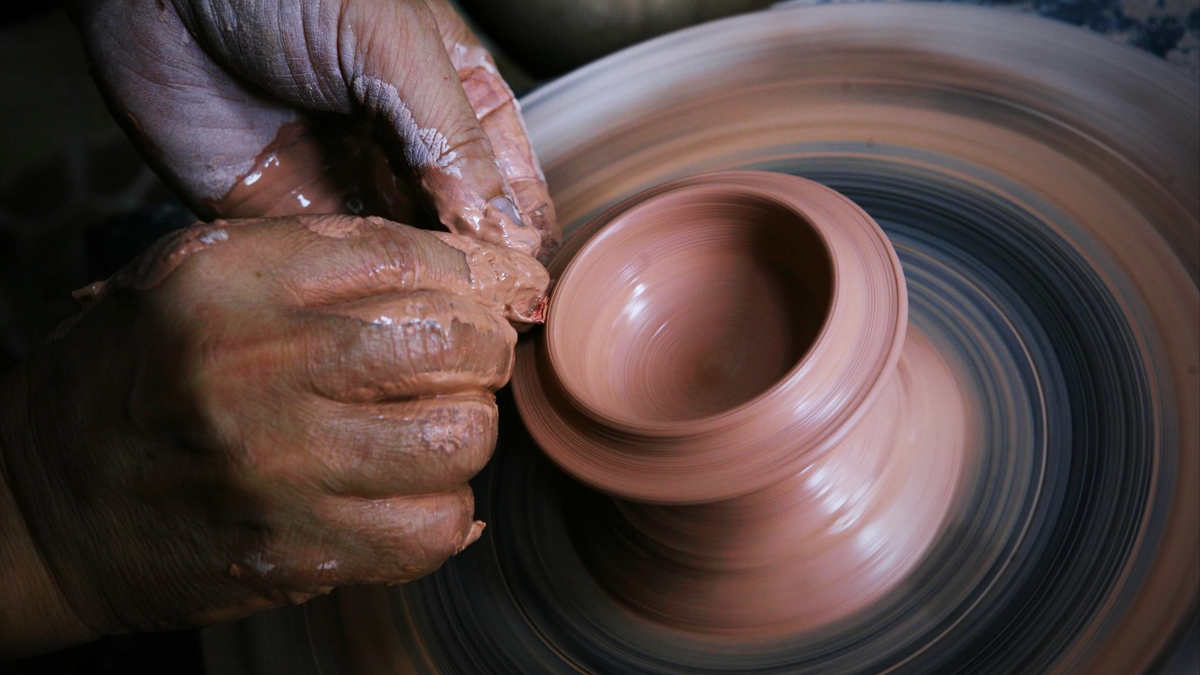
![[Photo] General Secretary To Lam works with the Standing Committee of Quang Binh and Quang Tri Provincial Party Committees](https://vphoto.vietnam.vn/thumb/1200x675/vietnam/resource/IMAGE/2025/6/25/6acdc70e139d44beaef4133fefbe2c7f)

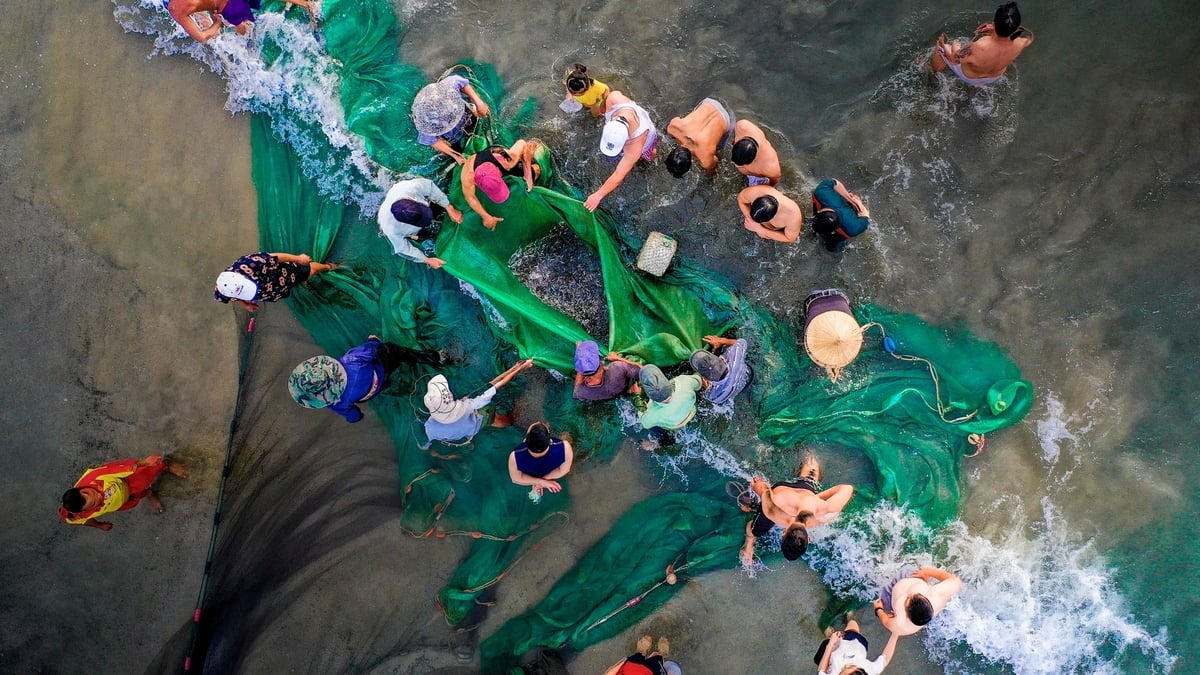


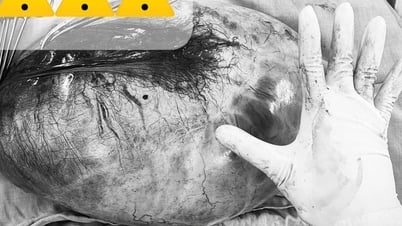

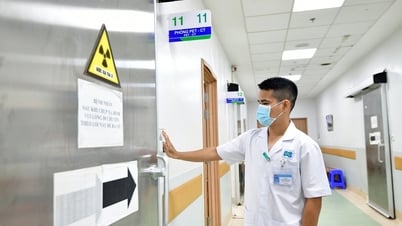

















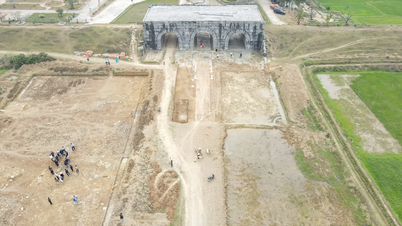








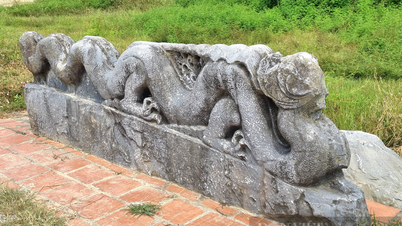































































Comment (0)